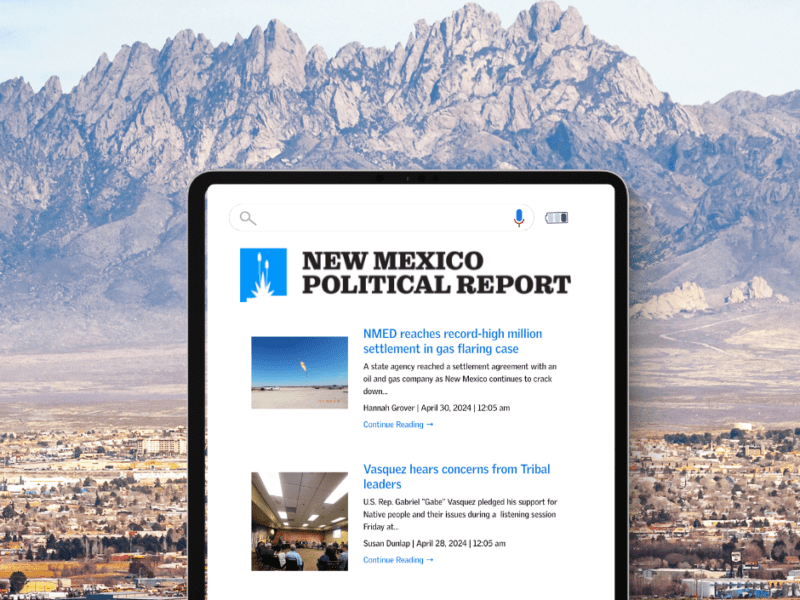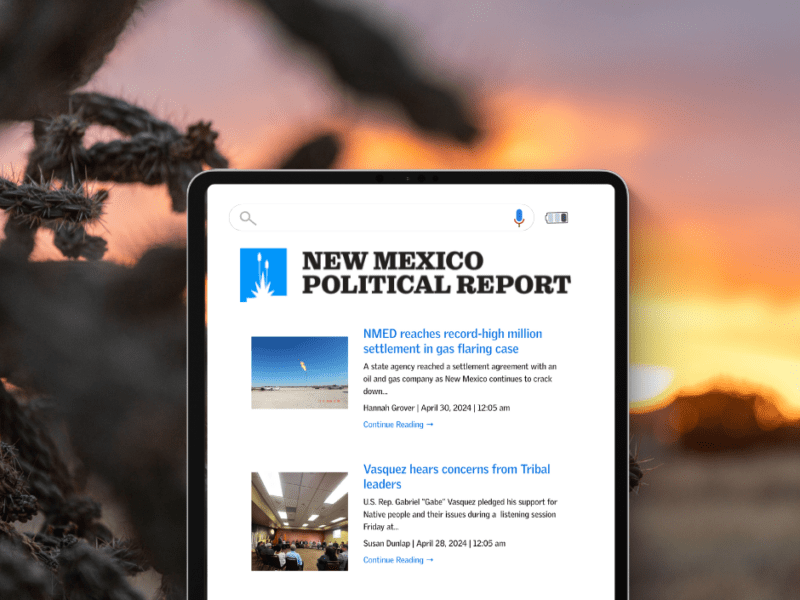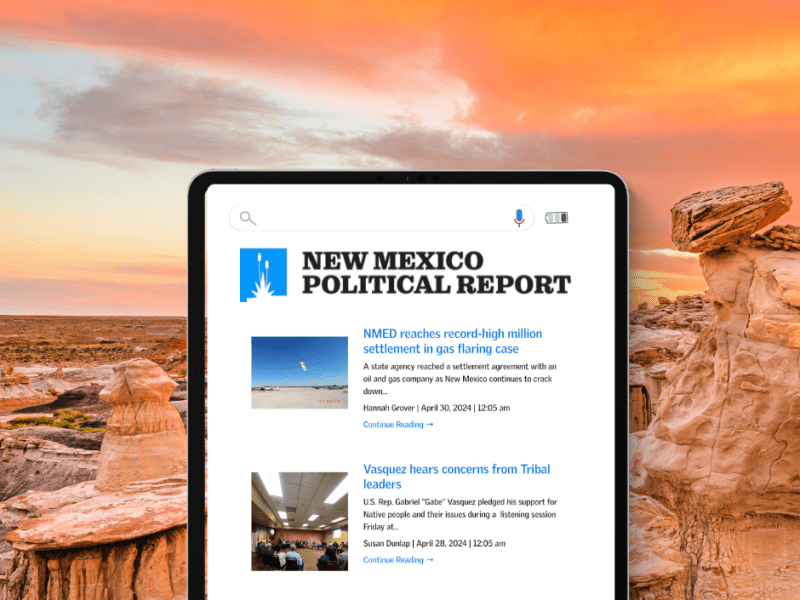As the impacts of the U.S. Supreme Court’s Sackett decision of 2023 unfold, New Mexico water advocates are pushing for increased protections of waterways that are no longer protected under the Clean Water Act. Advocates from groups like Trout Unlimited and Amigos Bravos partnered with EcoFlight to help a group of legislators get a better […]




